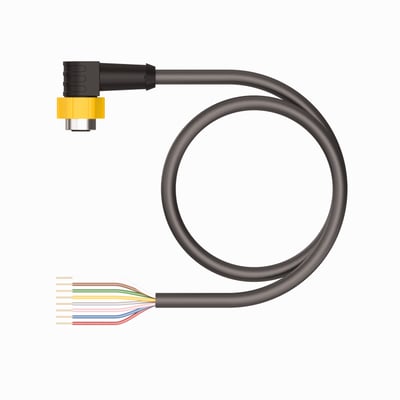Flexible Connectors in Food & Beverage Industry

You find flexible connectors somewhere in a typical food plant. One example is connecting vibratory or screw feeders. Different connectors are required to accommodate dry, liquid, and slurry ingredients, different pressures, chemistries, temperatures, and other properties.
Clamped canvas, cloth, or rubber flexible connectors are still the most common solutions in food and beverage plants, but they present several challenges: energy inefficiency, product contamination, suboptimal plant hygiene, and unnecessary maintenance complexity. Luckily, an assortment of flexible BFM® fittings provides an answer which results in a massive improvement in all three areas. Yes, that is a bold statement, and we know that the proof is in the pudding – or case studies – so don’t forget to check out the list of real-life examples at the bottom of this article.
Challenges Associated with Using Traditional Clamped Canvas, Cloth, or Rubber Connectors
Energy Inefficiency
Clamped connections often do not seal well. As a result, they either include outside air in the system or blow air (and the product) out. Besides creating other problems, the leakage increases production costs from increased energy usage.
Product Contamination & Suboptimal Plant Hygiene
Because clamped connections often leak, product contamination can occur. This is especially true if your system uses a vacuum to move the product. Or, if the system runs under pressure, some of the product is released to the surrounding environment, creating more work for the cleaning crew.
Maintenance Complexity
In some cases, regulations require a flexible fitting replacement every twelve hours. A fitting changeover at a large plant with dozens of connections can take hours. Even if each connector takes only five minutes to swap out, that is an hour of maintenance for every dozen connectors.
Experience the Difference with BFM®
In this video, the inventor of BMF® Fittings explains the difference the BMF® fittings can make in your plant.
Efficiency Gains
There is no pressure loss because the BFM® fittings provide a perfect seal. As a result, you will enjoy substantial savings from reduced energy usage.
No Product Contamination, Cleaner Plant
Because of the BFM® fittings’ perfect fit, outside air and contaminant inclusion in your product do not occur. Also, the product is contained within your system and does not pollute your plant.
Easy, Fast Replacement
BFM® fittings do not require hose clamps. Push on the side of the fitting to form a kidney shape, then snap them inside of the spigot. The connectors snap into place in seconds, providing a perfect seal every time.
Watch a quick installation video.
Case Studies
We know you won’t just take our word for our claims. So here are four case studies to give you a real-life example of how BFM® can improve your process.
- 90% Savings on Cleaning Costs at Tyson Foods Inc.
- Downtime Reduction at Bob’s Red Mill Natural Foods Inc, USA
- Hygiene & Safety at HOCHDORF Group
- Dust Reduction at a UK Sugar Company
So say goodbye to the clamped connections and hello to savings, improved efficiency, easy cleaning, and easy maintenance. Contact us today.




